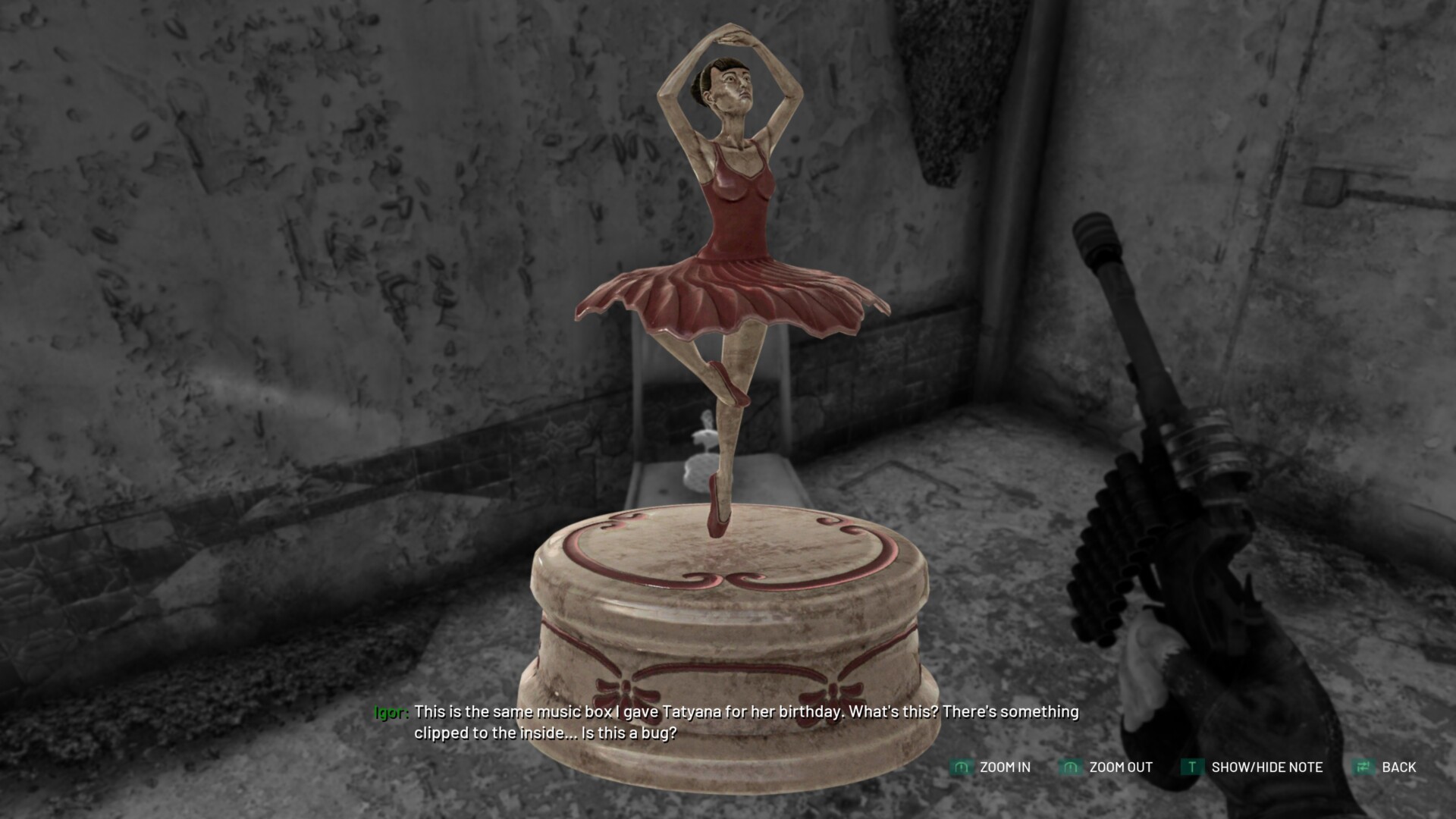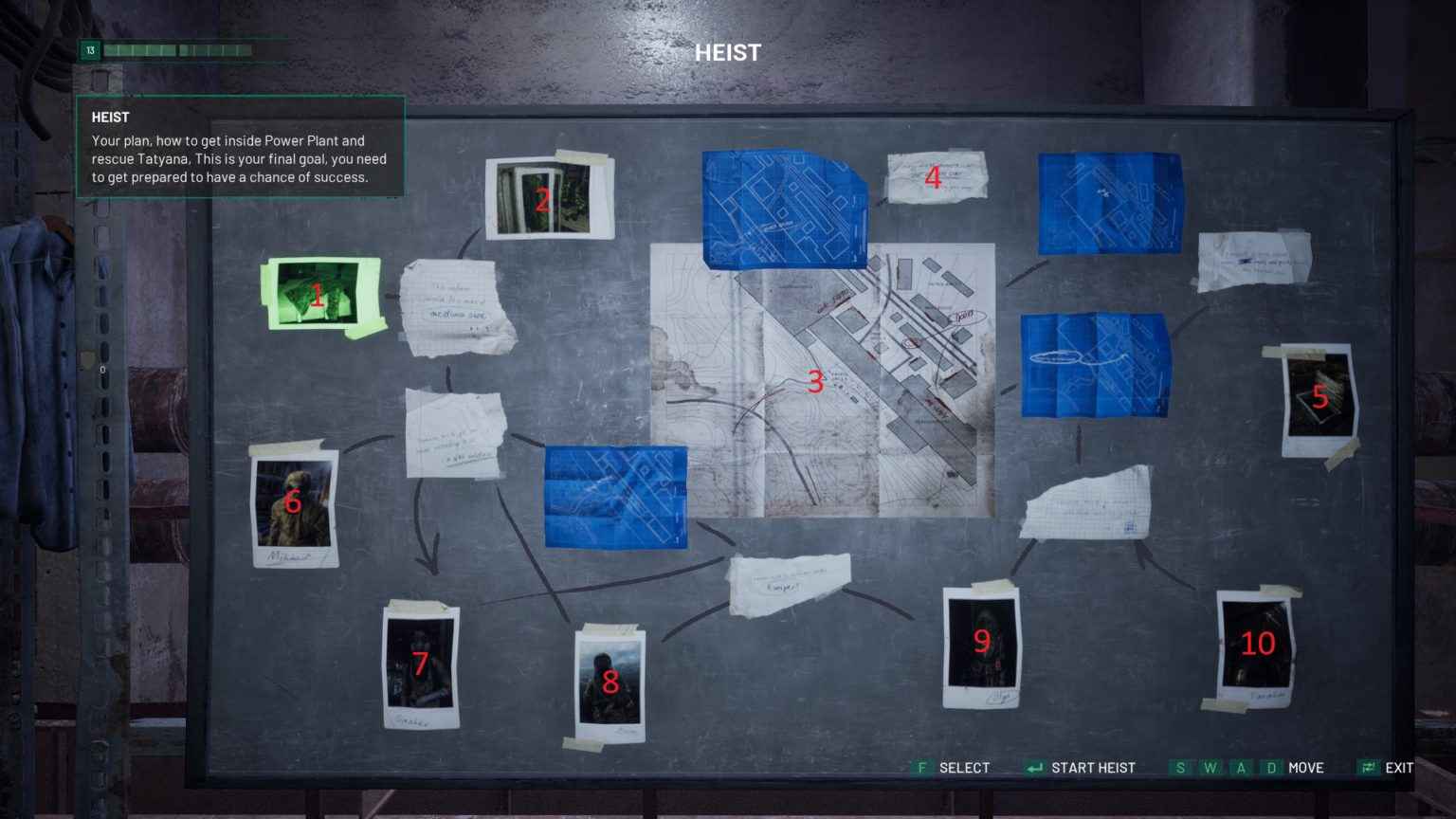
By considering affect's productive potential without ignoring the record of Nazi manipulations of affect, it proposes the concept of an 'upstander' museum and delineates a new methodology for rethinking affect in curatorial settings. This paper seeks to counter current curatorial strategies that displace and suppress affect. This has been a challenge for Dresden's newly redesigned Militärhistorisches Museum der Bundeswehr, whose anti-militaristic message is being drowned out by right-wing xenophobic demonstrations in Dresden's streets. Curation must be able to confront articulations of right-wing extremist " reactionary " affect in and beyond the museum setting.

To tackle these questions, the issue of affect is crucial.
#Chernobylite burn documents how to
The recent opening to the public of large-scale National Socialist installations in Germany – like the Denkort Bunker " Valentin " in Bremen-Farge – has prompted questions on how to address the legacy of Nazi advances in science and technology in musealized spaces, and, more generally, how to curate inconvenient military history. Finally, we take to task readings of the bunker as an obsolete relic by highlighting the continued construction, re-appropriation and reimagination of this architectural form. Second, we challenge the assumed concrete materiality of the bunker and suggest an expanded typology, utilizing a range of materials and milieux. First, we contest the idea of the bunker as a simple space of human protection and argue for a more expansive conceptual-ization that is attentive to the bunker as a site of extermination. Here, we seek to counter this set of limitations in three ways. Enlightening as his 'Bunker Archeology' is, Virilio's theorization has constrained contemporary debates around the function, materiality and temporality of the bunker. This body of work draws on a variety of theoretical influences and explores multiple historical contexts, yet most remains wedded to the late Paul Virilio's influential 1970s study of the Nazi Atlantic Wall. Recent scholarship has drawn attention to a ubiquitous 20th-century political space that was long overlooked – the bunker. It will propose simple solutions aiming to engage the target not only to visit the site for its attractive aesthetics and the historical context that surrounds the site, but also to raise its interest in the significance of the East Side Gallery's murals: both when they were first painted and today. Finally, this thesis will define the East Side Gallery's significance and its particular role among other Berlin Wall and GDR memorials after academic research, interviews and surveys.



A target that has no personal memory or significant personal experiences of those times, having only learned about the period through others' accounts or formal education. This thesis will investigate and analyze the communication and interpretation already done towards that objective targeting visitors under the age of thirty-three. Its murals have the power to drawn the attention of young people from all over the world to teach them what the Iron Curtain meant locally and globally. Because of its unique murals, this stretch was preserved and today is the longest remain of the Berlin Wall and the most visited memorial related to the GDR dictatorship. The East Side Gallery's worldwide known murals were originally the product of an event in 1990 that gathered artists from 21 different countries to paint the major symbol of the Cold War, the Berlin Wall.


 0 kommentar(er)
0 kommentar(er)
